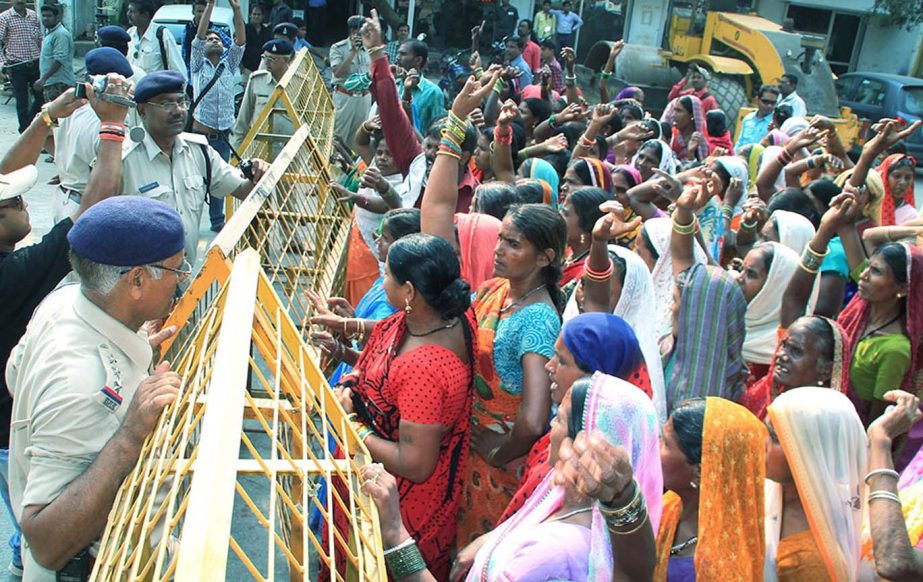
BBC Online :India’s main opposition Congress party has called a general strike in central Chhattisgarh state where 13 women have now died after botched sterilisation surgery at a state-run health camp.Sixty women remain in hospital and at least 20 are in a critical condition following the tubectomy operations.A team of doctors from the capital, Delhi, are being flown to the state to help out with the emergency.Health camps are staged throughout India to control its huge population. The Chhattisgarh government has ordered an inquiry into the deaths and Chief Minister Raman Singh has said “it appears the incident occurred due to negligence” by doctors.The victims’ families, all from poor families, have each been promised a compensation of about $6,600 (£4,150).Four senior health officials have been suspended and a police complaint has been registered against the surgeon who performed the operations.But the Congress party in the state has held protests and called a general strike to demand the resignation of the chief minister and Health Minister Amar Agrawal.The shutdown is being supported by the state’s chamber of commerce and several other organisations.The impact of the protest is being felt in Bilaspur district where many schools are shut and there is little transport on the streets, reports BBC Hindi’s Alok Putul from Bilaspur.Female sterilisation works by sealing the fallopian tubes that carry eggs from the ovaries to the womb. This can be done using clips, clamps or small rings or by tying and cutting the tube – this stops the egg and sperm meeting, so pregnancy can’t occur.Eggs will still be released from the ovaries as normal, but they will be reabsorbed by the body instead. The procedure is very effective and straightforward when carried out correctly and by a highly trained professional. But it is not without risks.It requires an anaesthetic and there is a risk of damage to other organs during the procedure. There can be bleeding and infection too. It should also be considered permanent – it is difficult to reverse.

